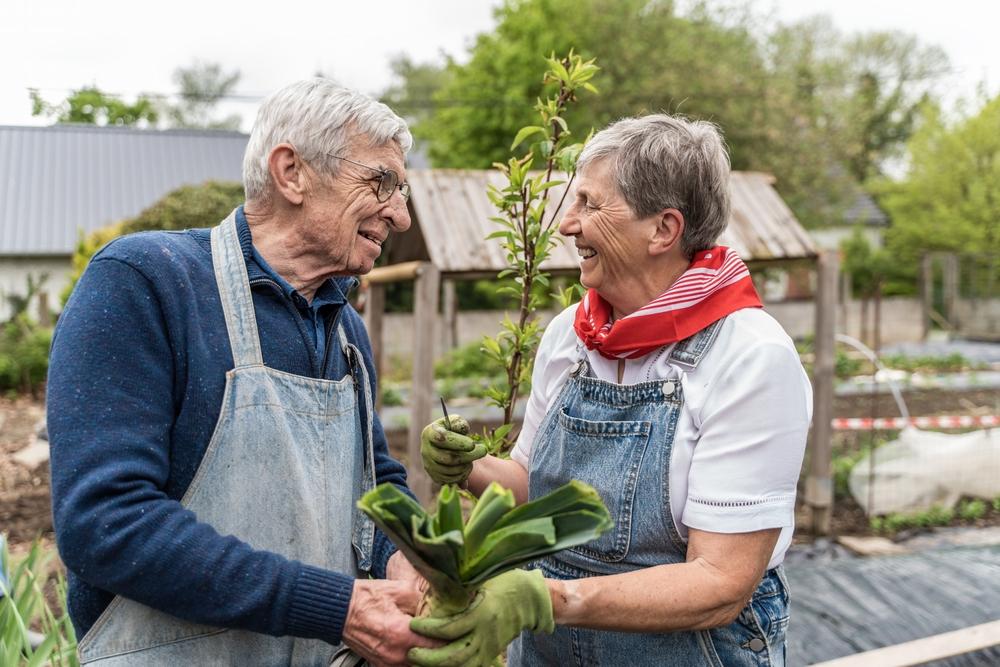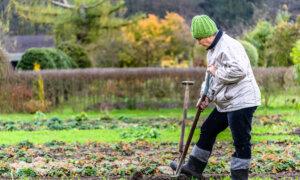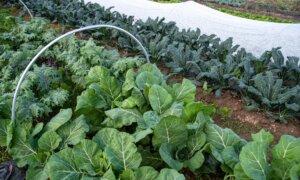“The unexamined life is not worth living.”
So declared America’s famous essayist Ralph Waldo Emerson, and not only is that a fine epigram, but it also transposes beautifully to other aspects of human existence.
Gardening, for instance.
Few activities lend themselves to introspection better than gardening. It’s largely solitary. It calls up the most fundamental human adaptation to life on Earth. It’s often painstaking, always unhurried, resistant to instant gratification, and meditative in every way.
And, therefore, it’s deeply instructive. Winter, when the garden is mostly dormant and perhaps so is the gardener, is a fine time to put a skillet of cornbread in the oven and reflect on the lessons found out the backyard door, in the hands of nature. Perhaps some may even prove useful in life outside the garden.
Not the Kind of Patience You'd Expect
A few months ago, I'd spent almost an hour carefully harvesting lingonberries. It was painstaking work, down on my hands and knees, tediously threading the thin branches through my fingers to release the tiny berries. That got me about a half-gallon of fruit, and I wasn’t even done. Yikes! Another half-hour of this?Patience, grasshopper. A journey of a thousand miles begins with single steps. Keep up the good work!
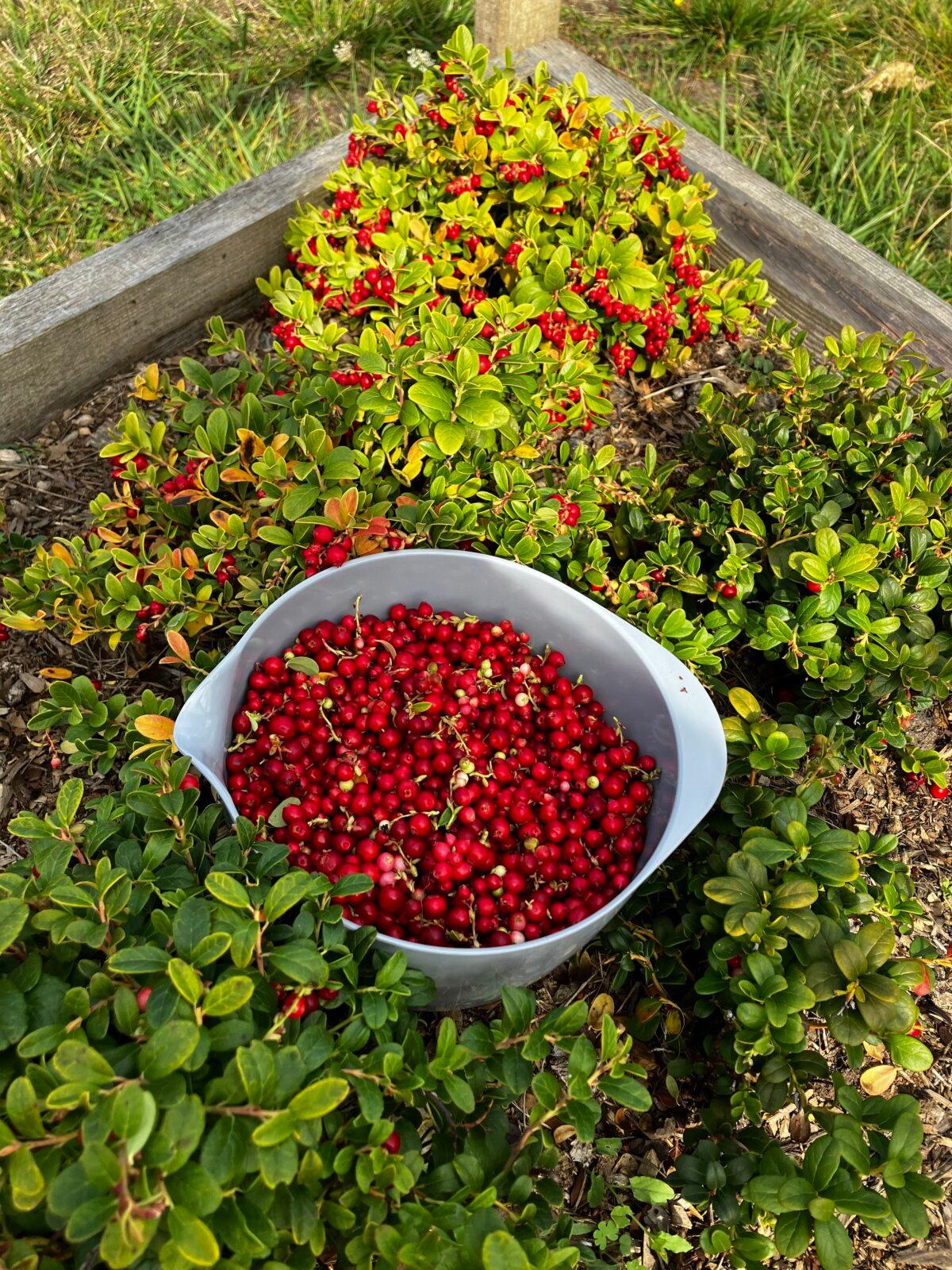
An hour of picking lingonberries on the author's farm on San Juan Island—and more to go. Eric Lucas
This is often true in gardening. Weeding: Down on hands and knees, bucko, and start pulling. It takes many sessions, daily, weekly, monthly. Trellising: Check the vines often and direct them straight up, as nature’s path is in every direction at once. Turning the soil: one spade at a time, every bed, once a year.
Yes, one also has to practice patience in terms of waiting for a result—years, with fruit trees. But there’s no choice about that. The small-scale optional patience required by most garden tasks is much more spiritually, um, conducive to growth.
Effort Doesn’t Always Equal Reward
Those lingonberries yield the most divine midwinter condiment you can imagine—a tart, vivid, 100-octane sauce that accompanies every Swedish dinner for a reason. Tiresome task—big reward.But however much personal growth gurus want you to believe that great outcomes are the intrinsic result of great effort, that’s not always true in the garden or, I suspect, in nature. Ask yourself: Did dinosaurs try really, really hard to avoid extinction? Surely. Alas.
So you can devote every ounce of work possible to grow, say, melons, pumpkins, and beets, and wind up with bupkis. That’s what happened at my Owl Feather Farm this past summer. All those are vegetables I’ve had great success with in past years. Sometimes, nature’s answer is no.
Until a century or so ago, most gardeners and farmers grew a multitude of crops. You never know when there may be a year that cucumbers crash and you have to pickle turnips.
Conversely, some garden delights require much less effort than others. Beans, for example: Put the seeds in moderate soil, provide reasonable amounts of water, and presto! Buckets of beans, easily picked, cooked, and stored, if you dry them.
Can we say the effort itself is the reward? Sounds too much like a self-improvement pill. It’s best to just accept diverse results and keep on truckin'.
Uniformity Isn’t Natural
Want only big, round, crimson tomatoes? Every apple red, juicy, and sweet as cotton candy? Strawberries that all look like they belong on Wimbledon posters, and ears of corn that are a perfect 10 inches and gold as sand on Waikiki?You hope every lettuce would pass muster at Le Cordon Bleu and each carrot be a geometrically perfect cone? Every chile have exactly the same heat?
Ridiculous. Gardening isn’t algebra.
“Given time, evolution is much more likely to provide us with a multitude of solutions than it is to give us one ideal form,” Thor Hanson, seed guru philosopher, said.
The multitude of those solutions is so granular that it extends all the way from species variability to horticultural variety (there are a thousand different chiles) to each individual plant, each in a separate year. Treasure the infinite variety of nature, and you'll be happier, healthier, and far more serene.
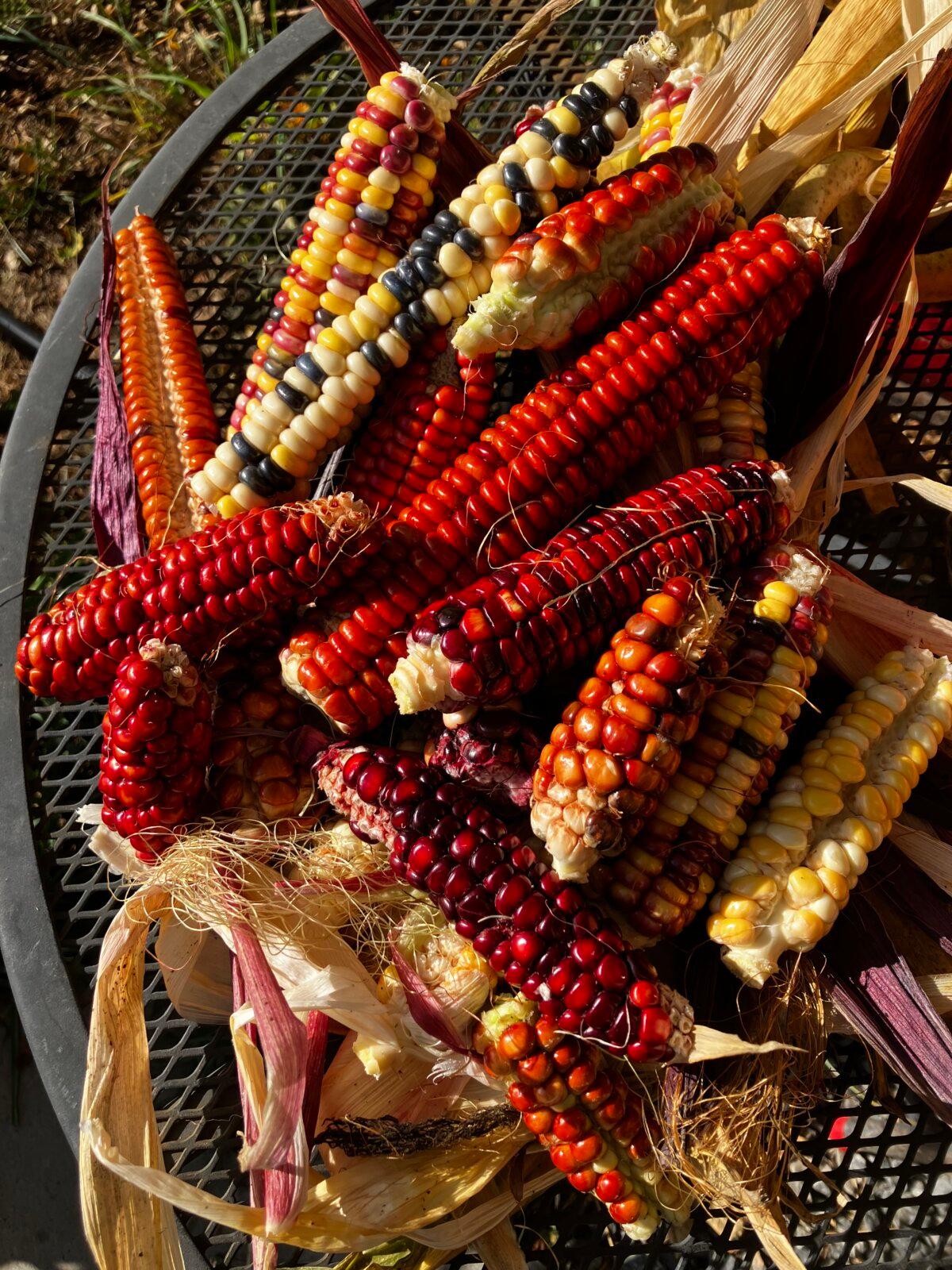
A multicolored harvest from the author's farm—when only red corn seeds were planted. Eric Lucas
There’s Always 1 More
Think you’re done harvesting all the beans, corn, plums, parsnips, squash, and cucumbers? Think again. Get out there and have another look. Lift up a few vines, push aside a few leaves, turn over a patch of dirt, and—shazam! There’s a winter squash you didn’t see. How could you miss a vermilion fruit the size of a softball? But there it is.A small ear of corn, hidden low down on a stalk, fully ripe in a straw-colored husk. A sunny yellow helenium flower, hidden in the bloomed-out stalks from August. Ten beans, a half dozen cherry tomatoes, two crooked carrots, and one cilantro plant tucked behind a pumpkin vine.
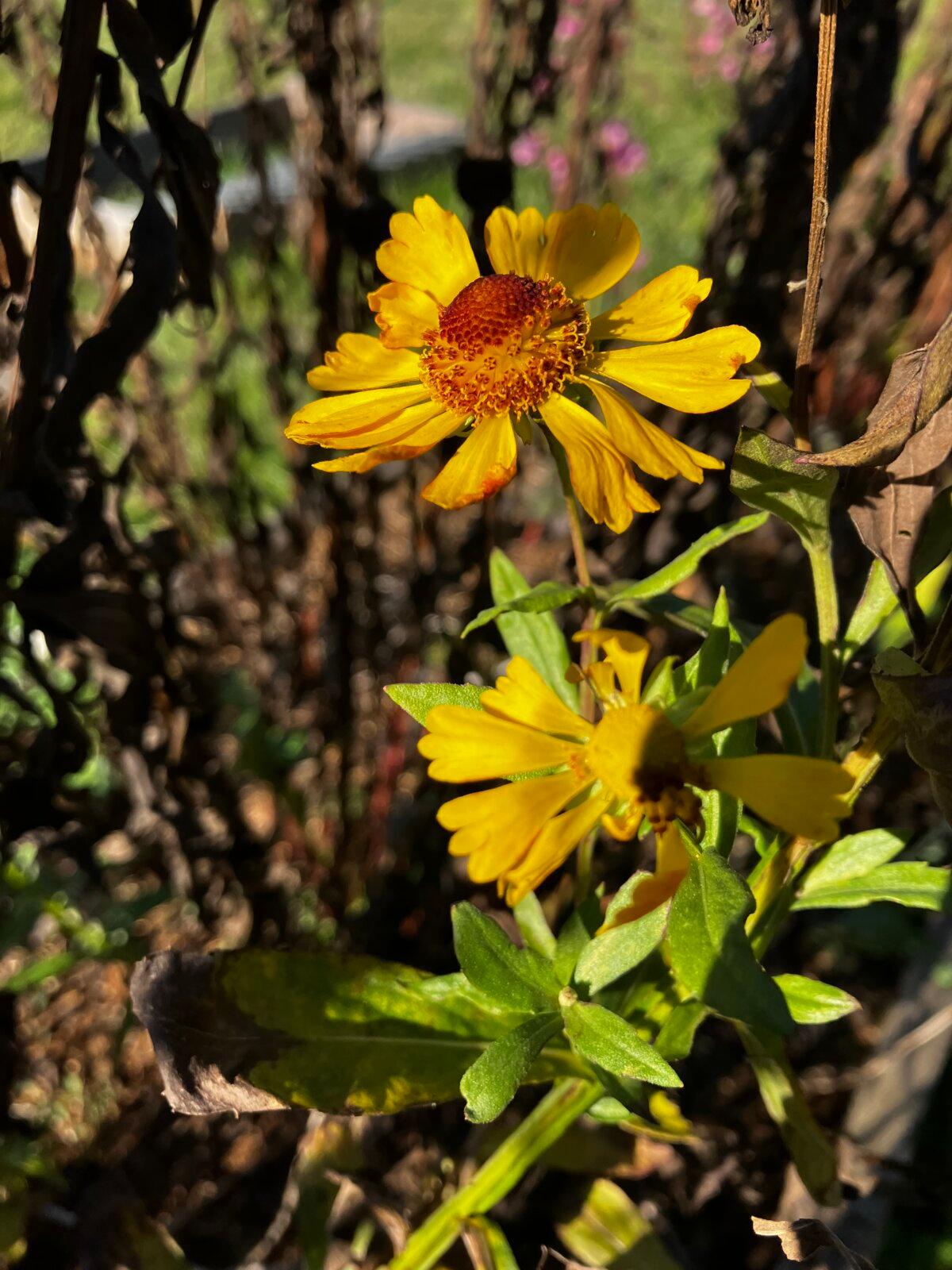
Hidden helenium blossoms, a delightful mid-October surprise. Eric Lucas
In early October, neighbors and I completely harvested my flour-corn patch, with four of us diligently checking every stalk. So we thought. Over the next two weeks, I found 23 ears we had missed. Twenty-three!
This is why Italian chefs invented minestrone, the marvelous soup comprising serendipitous bits and bobs you find in October in the garden.
It’s a pretty good idea to apply to the universe too, especially when you are having one of those low days that come to us all.
‘You Can Observe a Lot Just by Watching’
Yogi Berra’s down-to-earth aphorism describes perfectly how best to learn what your garden wants to say.Get out there every day. Stroll around. Look closely. Do the lima bean leaves sag just a bit when you thought they had plenty of water? Is the corn patch shading out the melons because you badly estimated the position of the August sun when you planted everything in May? Are your beans ready a week before you expected?
Watch, look, and listen.
Plants Just Want to Do Their Jobs
It’s best to practice diligent care of your garden. Adequate watering, soil fertility maintenance, weed control, and so on. And if you don’t ...Say you give up on a struggling pumpkin patch that, even in early August, had set no fruits. Surprise: A month later, just poking around, you find six young pumpkins growing apace. Not big, but relatively strong. Six weeks later, they’re harvested and curing in the mud room, reminding me that nature is robust, dynamic, and very committed to its mission, despite difficult circumstances. If a plant is supposed to make an apple, it will try as hard as it can to do so, without complaint or trepidation. Apocalyptic conditions are required to produce a complete failure.
It’s a good thing to keep in mind in our challenging human world.
Nature Is Smarter Than We Think
Each year, my young Rainier cherry tree is covered with blooms, about half of which are visited by diligent bumblebees and pollinated. Tiny baby cherries appear a couple of weeks later.Then, in June, the tree drops off half or more of its nascent cherries. Bye, kids! Compost.
Yikes. Is my tree a lazy wastrel?
Not a bit. It has simply taken a good look around, measured its own size and maturity and what conditions look like that summer—and divested itself of offspring it can’t support.
Wow! Brilliant. I have a genius tree.
Actually, I don’t. This phenomenon is called the “June drop” and is performed by almost all temperate climate fruits—apples, plums, pears, and so on. Annuals do this, too: half-grown beans shriveled and cast aside, tiny tomatoes pitched on the ground.
In each case, a living being is ascertaining just how much responsibility it can assume and no more. Can you think of any humans who fail to do this?
I might even know a farm owner on a remote island who sometimes fails to make this kind of rigorous assessment. Said farmer may have planted a corn patch too big to keep adequately watered this past summer, for example.
Should I learn from the example of my plants? That’s the point of this essay.
So did I eventually finish picking all those lingonberries? Nope. I have a neighbor who loves them as much as we do, and when I offered her the chance to finish harvesting my lingonberry bed, she was ecstatic, thereby illustrating the old axiom that a problem shared is divided, and a joy shared is multiplied.
It’s rare to find an instance that exemplifies both halves of this principle. But then the garden is a temple of rich and wonderful lessons.

